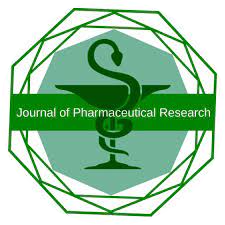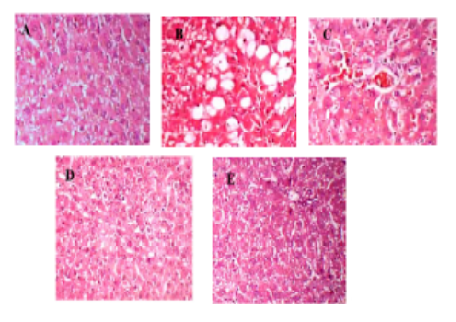


Journal of Pharmaceutical Research
DOI: 10.18579/jopcr/v19.4.sridevi
Year: 2020, Volume: 19, Issue: 4, Pages: 1-5
Original Article
Sridevi Rapaka1, Sunil S Dhamanigi1,∗
1Department of Pharmaceutical Chemistry, Krupanidhi College of Pharmacy, Bangalore, Karnataka, India
Antioxidant,The antioxidant, hepatoprotective, and anti-inflammatory activities of the traditional medicinal hepatoprotective, and anti-inflammatory activities of the traditional medicinal plant Blumea mollis have been studied. The aim of this study was to evaluate its pharmacological properties and safety profile. In vitro antioxidant activity was estimated using superoxide, hydroxyl radical scavenging, and lipid peroxidation assays. Acute toxicity was tested orally at doses up to 2000 mg/kg. The in vivo hepatoprotective activity was screened using carbon tetrachloride (CCl4) and paracetamol-induced liver damage in Wistar rats. The anti-inflammatory activity was assayed using carrageenan- and formalin-induced paw oedema models. Blumea mollis exhibited dose-dependent antioxidant activity, with considerable inhibition of oxidative markers on par with ascorbic acid (***p<0.001). A significant hepatoprotective effect was observed at 200 mg/kg, with decreased SGOT, SGPT, ALP, and bilirubin levels in both hepatotoxic models (***p<0.001). Histopathological evidence confirmed the preservation of liver tissue. Anti-inflammatory activity was also dose-dependent, showing oedema inhibition at 200 mg/kg compared to diclofenac (***p<0.001). This study offers the first in-depth assessment of Blumea mollis in various pharmacological models, confirming its safety and authenticating its folk use as a natural drug agent.
Keywords: Blumea mollis, Antioxidant, Hepatoprotective, Anti-inflammatory
© 2020 Published by Krupanidhi College of Pharmacy. This is an open-access article under the CC BY-NC-ND license (https://creativecommons.org/licenses/by-nc-nd/4.0/)
Subscribe now for latest articles and news.